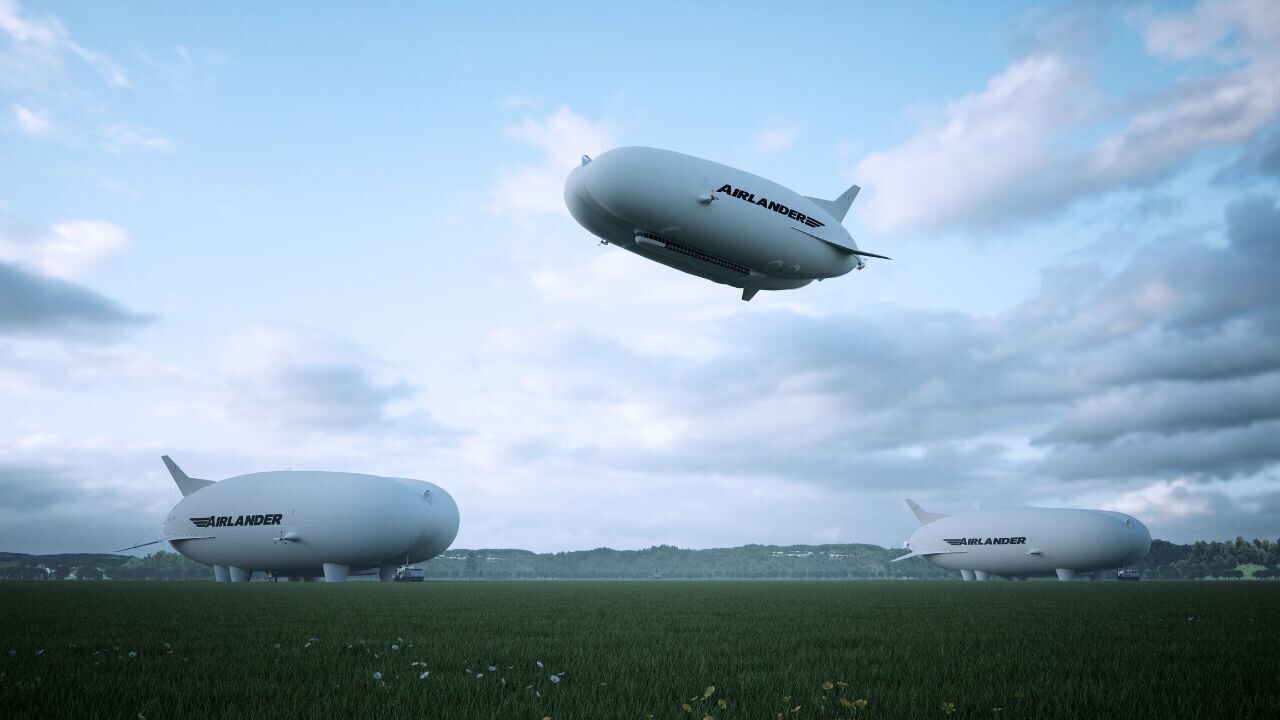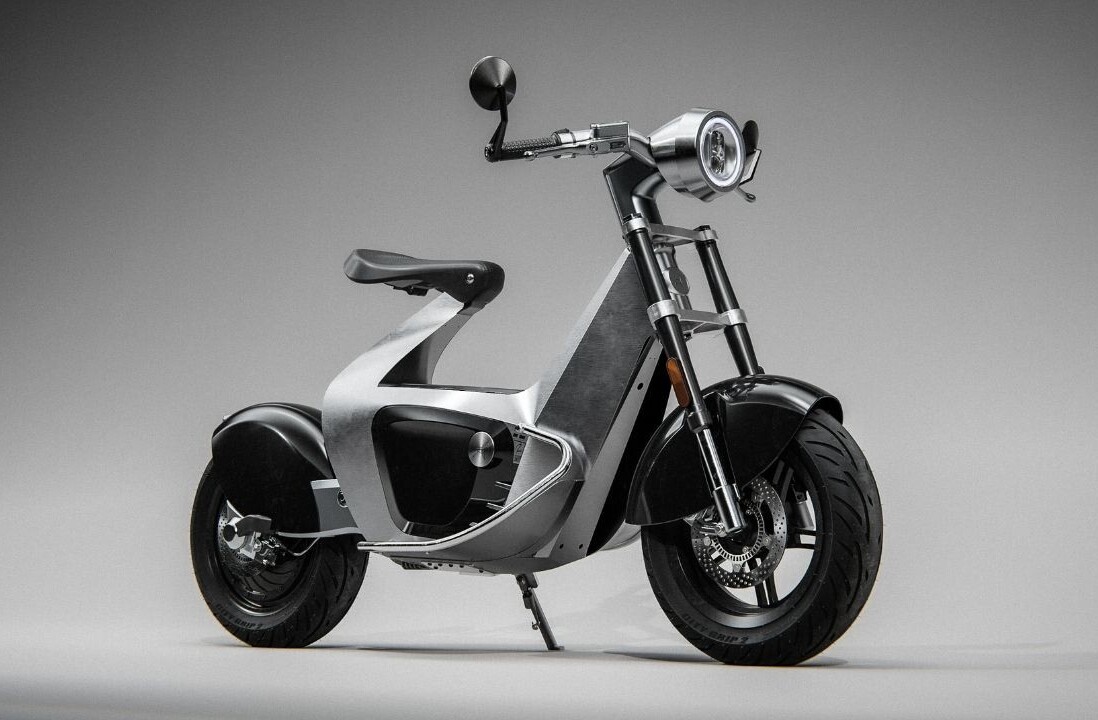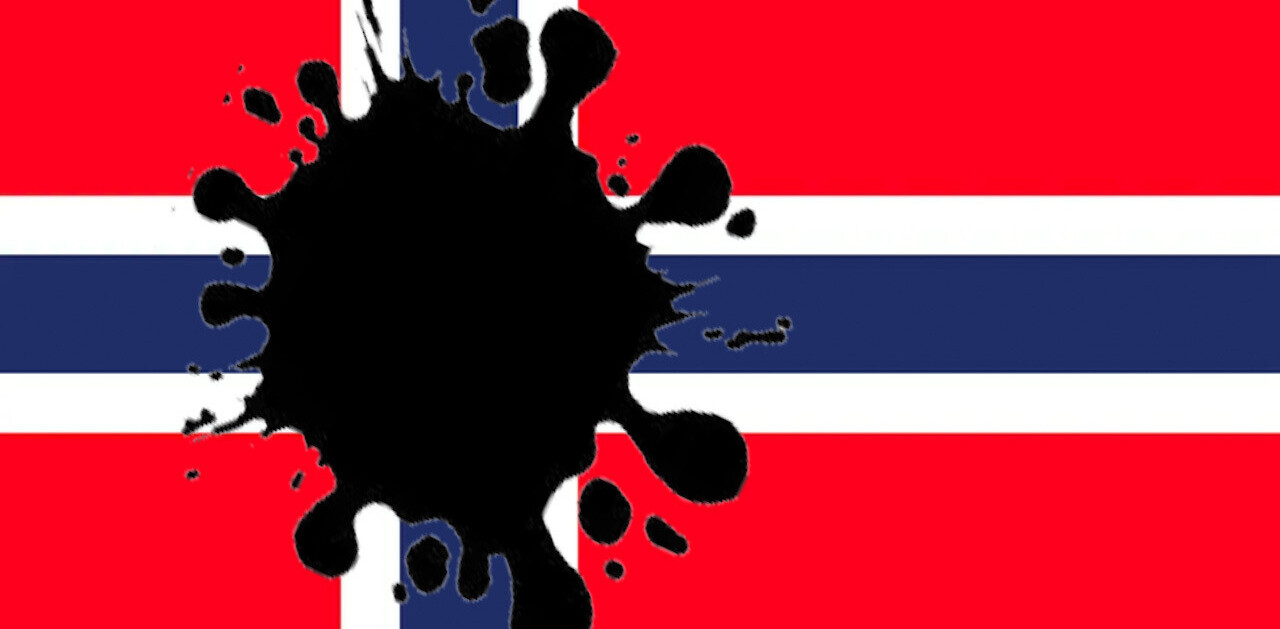
A blimp billed as the “world’s most efficient large aircraft” — but better known as the “The Flying Bum” — is applying for approval to take off.
Officially named the Airlander 10, the voluptuous vehicle resembles the legendary Zeppelin.
Like its fabled ancestor, the Airlander is greener than the commercial planes currently spraying CO2 across the sky. Much greener, in fact.
Powered by a combination of electricity and helium, the aircraft promises zero-emissions flights by 2030.
It’s also got a sizeable capacity. The bulbous blimp can fit 100 seats or a 10-tonne payload between those shapely curves.
Those assets will now be inspected by aviation regulators. The Airlander’s owner, Hybrid Air Vehicles (HAV), announced today that it’s begun a process called Type Certification, which paves a path towards permission to fly.
Britain’s Civil Aviation Authority (CAA) will now evaluate the safety of the aircraft.
The tail end of the process
HAV is optimistic that the green light is in sight. Tom Grundy, the company’s CEO, heralded the application as a stepping stone to ultra-low emission flights.
“Airlander makes new, sustainable aviation services possible at scale – it’s a large aircraft designed to deliver services from large global fleets,” he said.
“Alongside our production programme, applying for Type Certification is a key milestone in our journey towards this goal.”
After the applications, the CAA will move on to broader assessments — including flight tests.
At HAV, the anticipation is growing. The company already has £1bn of reserved orders for the Airlander 10.
Initial customers include Air Nostrum Group, which has booked 20 Airlanders for passengers. Another order will take eco-tourists on adventures to far-flung destinations.
Up to 24 aircraft a year are also set to be produced at a new site in South Yorkshire, UK.
If everything goes to plan, we’ll all soon get a worm’s eye view of that curvaceous derriere.
Airlander 10:
Largest aircraft? Interesting.
Hybrid helium blimp-airplane? Interesting!
What it looks like from one view? VERY interesting!! pic.twitter.com/rEHPCZFWNu— Professor John R. Hutchinson (@JohnRHutchinson) January 20, 2023
Get the TNW newsletter
Get the most important tech news in your inbox each week.





